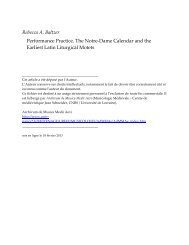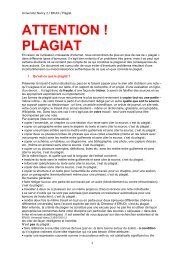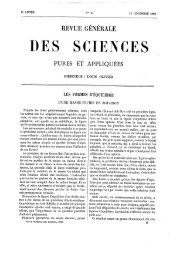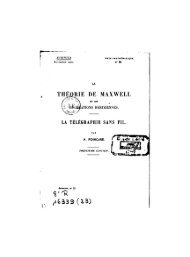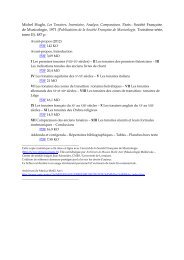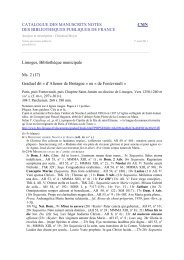You also want an ePaper? Increase the reach of your titles
YUMPU automatically turns print PDFs into web optimized ePapers that Google loves.
152_(12U<br />
Maria K. Greenwood<br />
I have already argued elsewhere 10 that the break between lines<br />
42 : And at a knyght than wol I first beginne, and 43: A Knyght ther<br />
was, and that a worthy man, is a plunge into the narrative past of<br />
story-time so sudden and thorough that we find ourselves in a<br />
different world of signification without recognizing that the transition<br />
has been made. The literary use of A knight there was is as frequent in<br />
romance as "Once upon a time" in fairy-tale: both are literary devices<br />
that shift us, almost bodily, into the romantic world of imaginative<br />
musing and out of that of the interpretation of facts. By using the<br />
formula, the Narrator frees himself and his audience from the<br />
contingencies of actual time and place in favour of the chronotopes of<br />
myth. 11 The audience of the Narrator's shared Present of line 42 (who<br />
can respond to his speaking in the Future), immediately forgets in line<br />
43 that the Narrator is still talking of a character that he has just<br />
purported having met in the realistic Tabard Inn situation. Thus the<br />
audience is prepared to take on faith, as in a fairy-tale and with due<br />
Suspension of Disbelief, 12 the first lines about the Knight: [...] and that<br />
a worthy man. Nobody on a first reading thinks to question this<br />
statement.<br />
If however, we make the mental effort of putting the two lines<br />
(42 and 43) together, we will respond to the second in the more<br />
realistic and more critical way of present-moment dialogue, which the<br />
author, through his Narrator, was initially at such pains to establish.<br />
This present-moment dialogue of the very act of reading has inserted<br />
us once and for all into datable time which can be accounted for. So<br />
while, as close and conscientious readers, we recognise that the<br />
Knight's description makes him appear legendary, we also remember<br />
10 . In Maria K. Greenwood, "Chaucer et Byron : les narrateurs dans le début du<br />
General Prologue to the Canterbury Tales de Chaucer et dans le début de<br />
Don Juan de Byron", Bulletin des Anglicistes Médiévistes, 43 (1993), 700-<br />
725.<br />
11 . The Bakhtinian term which is one of this critic's most developed concepts.<br />
12 . As discussed by Coleridge in Biographia Literaria, Ch. 13.




